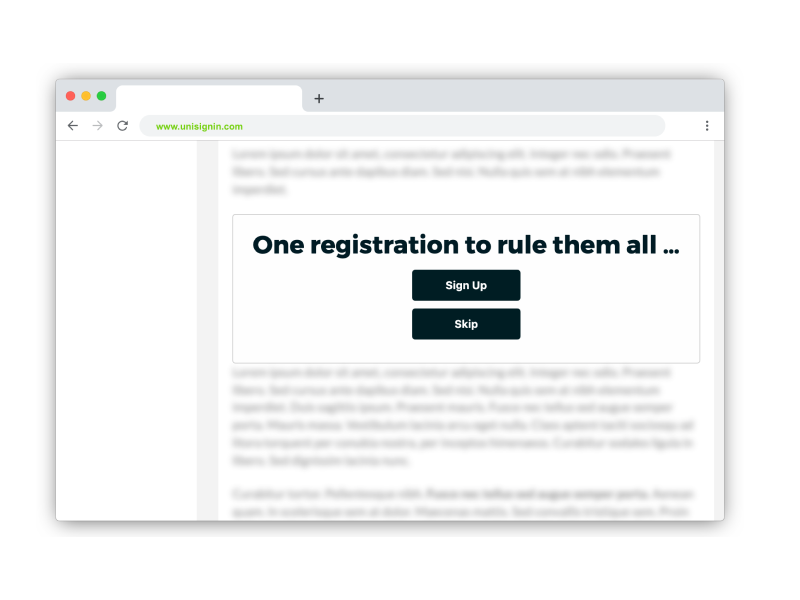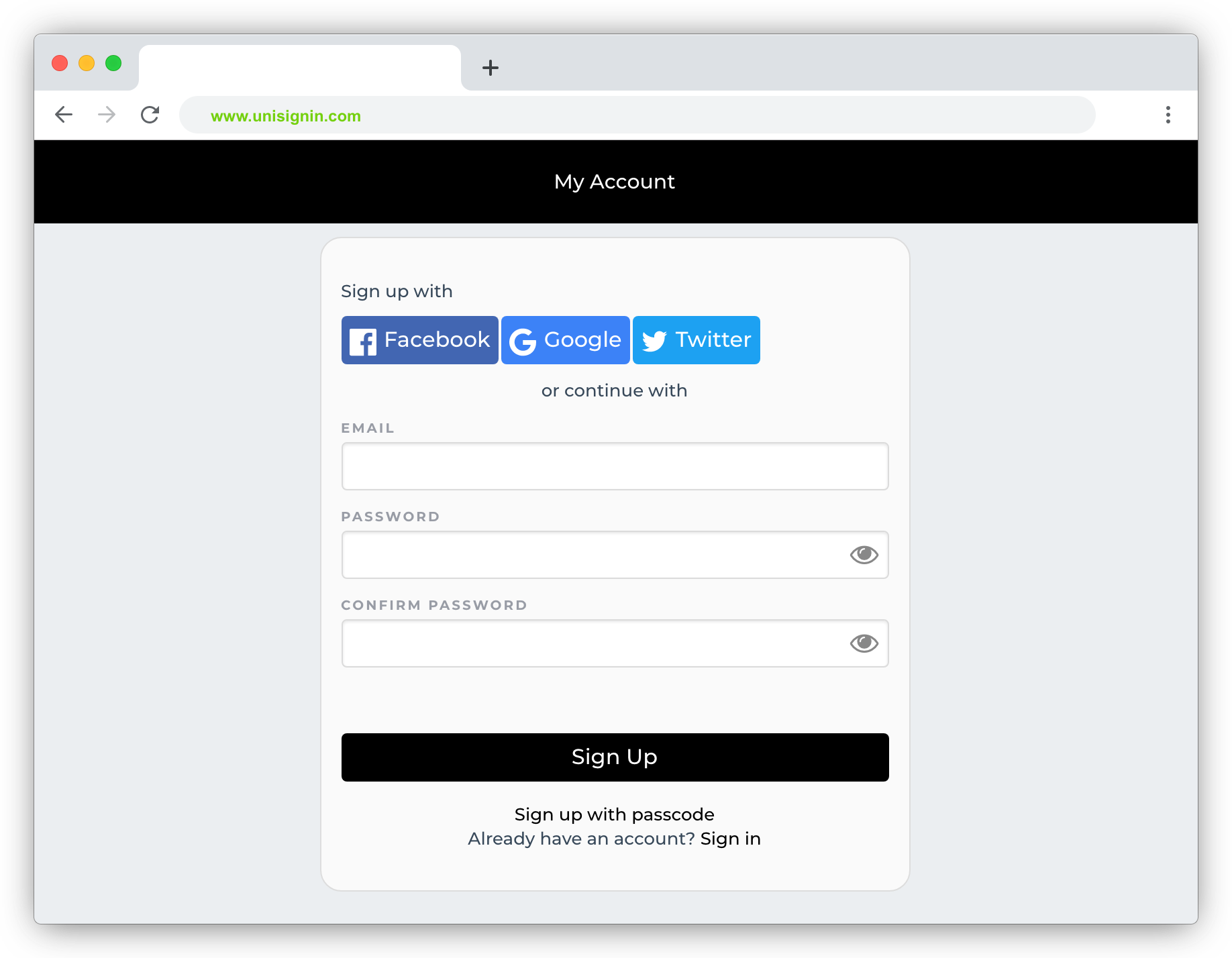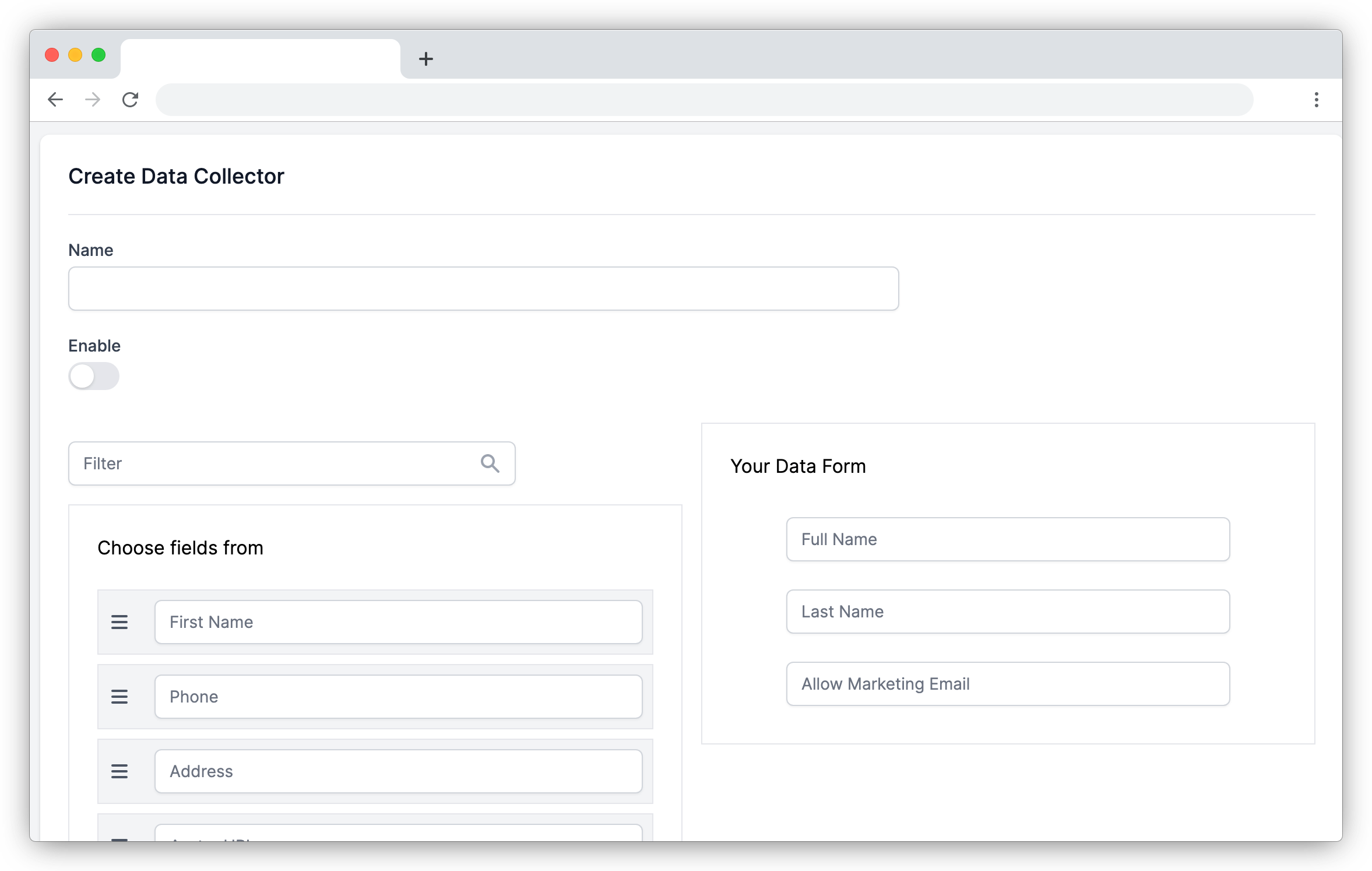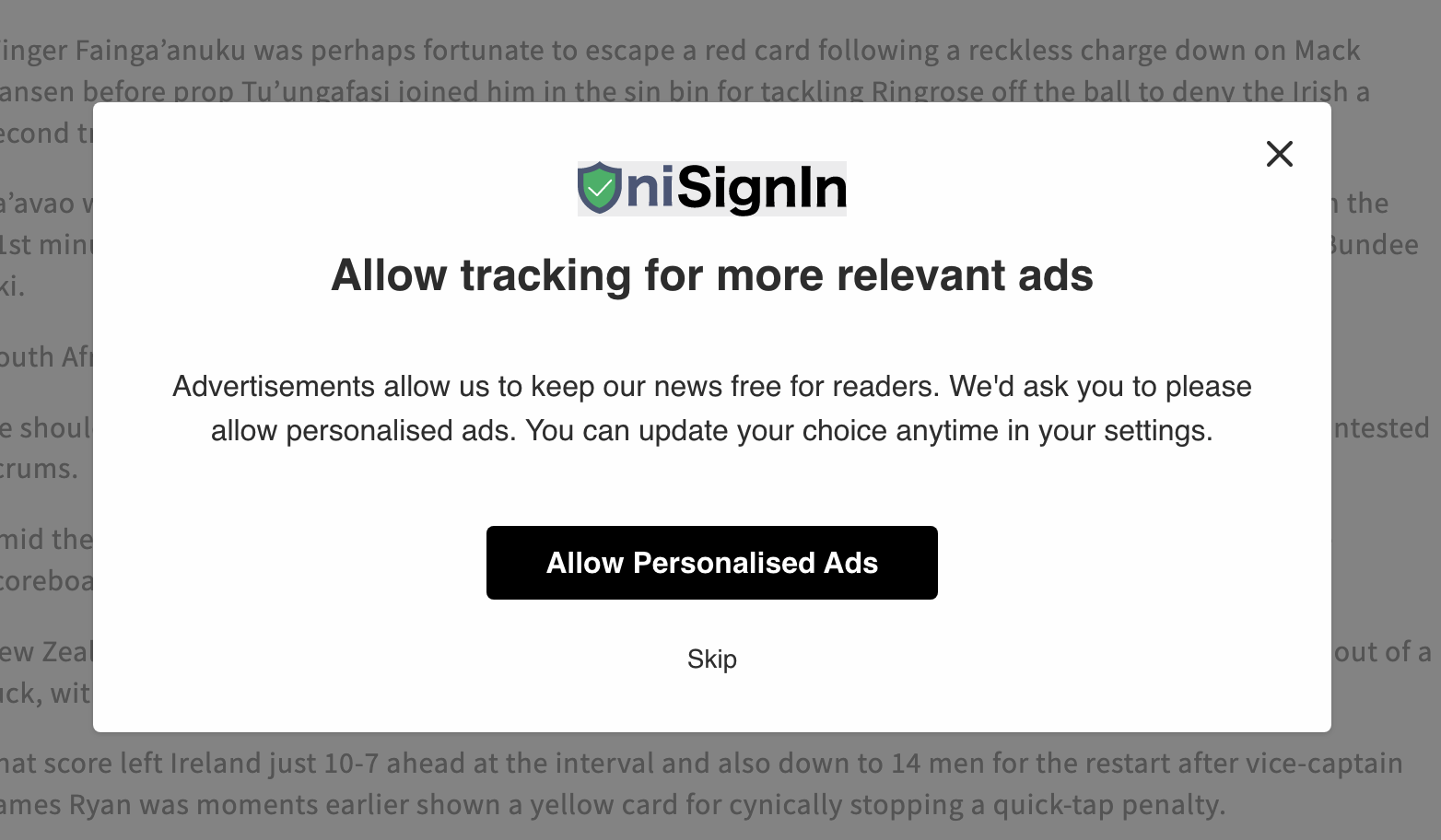Content Wall: An Alternative to Paywalls
A content wall is similar to a paywall, but instead of requiring payment, it restricts access to content in exchange for some other form of interaction or engagement.

Introduction
A content wall is an alternative approach to controlling access to digital content, similar to a paywall, but with a key difference: it doesn't require monetary payment.
Instead, content walls restrict access to content in exchange for specific actions or interactions from users.
For example, instead of paying to read an article, users might be asked to subscribe to a newsletter, complete a survey, or engage with an advertisement.
This approach can be valuable for publishers and content creators who want to build a relationship with their audience or gather valuable first-party data while providing a path to content without direct payment. Content walls can offer a more flexible and user-friendly experience compared to traditional paywalls, as they give users an opportunity to engage with content through non-monetary means.
This can lead to higher interaction rates, increased brand loyalty, and a broader audience reach.
Content walls also allow for creative strategies to grow subscriber lists, boost social media engagement, and collect valuable feedback.
Features
- 1Real-time First-Party Data Targeting
- Leverage real-time data from users who engage with the content wall to offer personalized experiences, while ensuring compliance with privacy regulations and data protection laws.
- 2Flexible Interaction Requirements
- Allow content wall customization to meet different business needs. Requirements might include email subscriptions, social media follows, or other forms of user engagement instead of monetary payment.
- 3Enhanced User Experience
- Offer a smoother user experience compared to paywalls by allowing users to access content through engagement rather than direct payment, encouraging higher interaction rates and positive brand association.
- 4User-Centric Consent
- Ensure that user consent is clear and voluntary, providing transparent information about data usage and offering easy ways to opt out of further interactions.
Screenshots




Own Your Audience Data, Grow Your Revenue
The complete first-party data solution built specifically for publishers who want independence from third-party cookies
Privacy-First Login
Build reader trust with transparent, compliant authentication
Actionable Insights
Transform reader behavior into targeted content strategies
Seamless Integration
Live in days, not months, with your existing CMS
Proven Results
40% higher ad rates and 35% growth in subscriber conversion
Trusted by leading publishers to reclaim audience relationships and maximize monetization opportunities.
